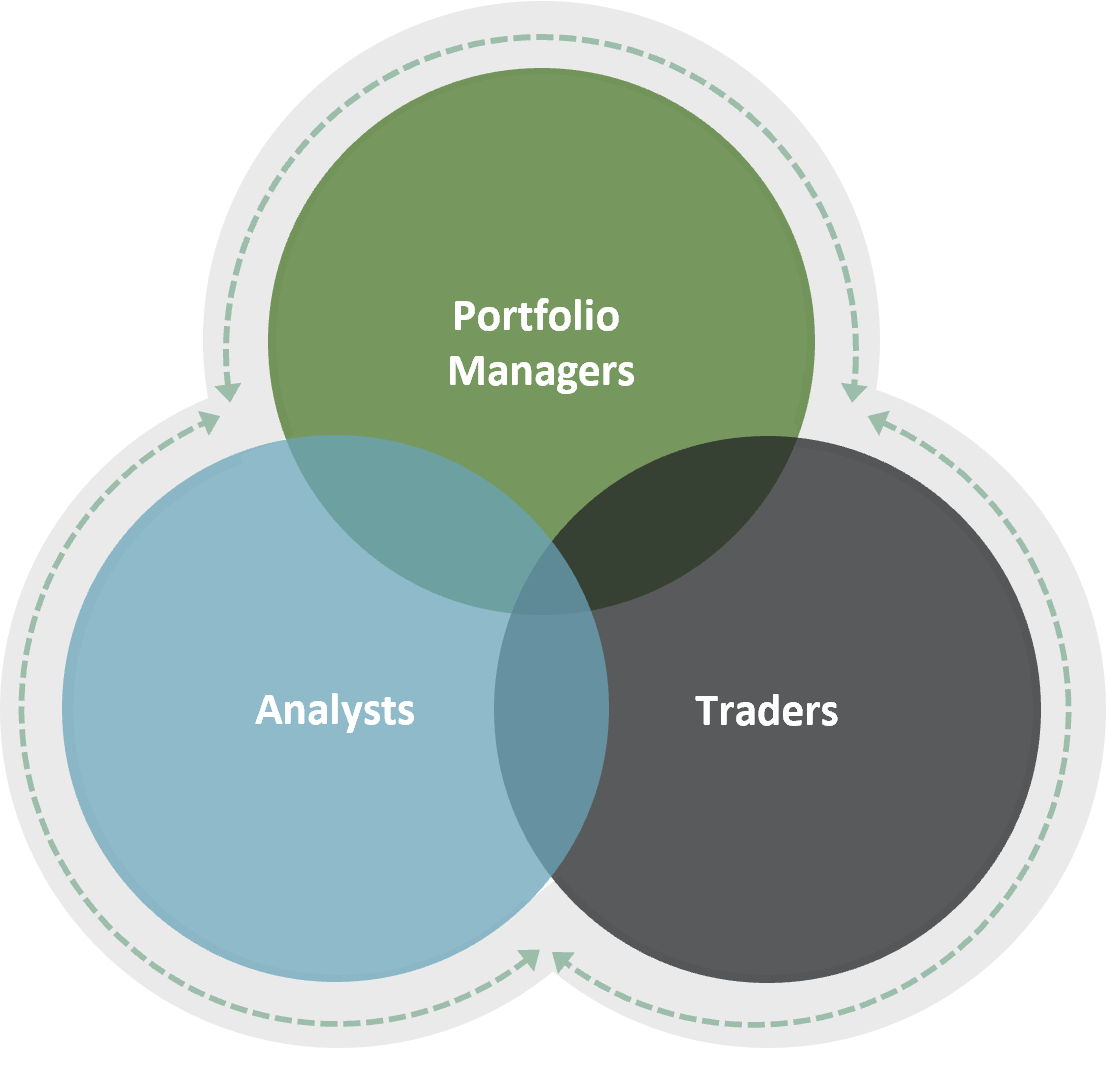Fidelity® Core Bond StrategyA separately managed account that seeks to generate income from investment-grade bonds while limiting risk to principal over a full market cycle. |
Investment strategy: Seeks to deliver income, while limiting risk to principal
Types of investments: Primarily A- or higher investment-grade1 taxable bonds at time of purchase and a Fidelity exchange-traded fund (ETF) providing exposure to securitized bonds.*
Investment minimum: $350,0002
Gross annual advisory fee: 0.35% – 0.40%3 (varies based on total assets invested)
Fidelity Core Bond Strategy provides you with an actively managed portfolio of investment grade bonds, achieved through individual bonds as well as an investment in FSEC. These investments generally provide income and are typically less volatile than stocks and high-yield bonds. As a result, we believe they should be part of a diversified portfolio.
Seeks income from high-quality bonds
 The Fidelity Core Bond Strategy commonly maintains exposure to a portfolio of investment-grade bonds that has an average credit rating of at least A–, with 80% rated A– or better at the time of purchase. These high-quality bonds are typically issued by the U.S. Treasury, U.S. government agencies, and corporations that are established, have fairly healthy balance sheets, and possess a positive growth outlook.
The Fidelity Core Bond Strategy commonly maintains exposure to a portfolio of investment-grade bonds that has an average credit rating of at least A–, with 80% rated A– or better at the time of purchase. These high-quality bonds are typically issued by the U.S. Treasury, U.S. government agencies, and corporations that are established, have fairly healthy balance sheets, and possess a positive growth outlook.
The Strategy invests in a diverse mix of investment-grade bonds across a range of sectors and varying maturities. A decline in one sector could hopefully be offset by a gain in another, which may help smooth out portfolio volatility.

Strives to balance income vs risk
Fidelity Core Bond Strategy considers both income and price appreciation as potential sources of return and seeks bonds with a favorable risk/reward trade-off. Using a research-based approach, the investment management team strives to avoid bonds that will not compensate bond holders for their investment risk.
To also help manage risk, the strategy will seek to maintain an average duration4 similar to that of the Bloomberg Intermediate U.S. Aggregate Bond Index.5 In general, portfolios with shorter durations are less sensitive to changes in interest rates than portfolios with longer durations.

- Fully independent and proprietary research
- Leverage research across fixed income, high yield, and equity
- Analyze opportunities and risks using proprietary models and tools

- Invest in a broad range of investment-grade bonds*
- Invest in a Fidelity ETF (FSEC) providing liquidity and diversified exposure to securitized bonds*
- Exposure to BBB rated bonds limited to 20% or less at time of purchase
- Seek to provide an experience consistent with client expectations

- Employ a total return approach—consider both yield and risk
- Emphasize opportunities that have price upside potential
- Strive to avoid bonds whose yields may not offset their risks
Tapping Fidelity's Fixed Income expertise
Fidelity Management & Research Company LLC (FMR) brings investors a rich history of managing fixed income investments for over 50 years. Using proprietary research, models and tools, FMR can analyze thousands of securities across the investment-grade bond universe. This capability allows them to build a diversified core bond strategy to help generate income and manage risk—all while helping your account stay aligned with your preferences.

40+ active portfolio managers
- Lead the investment team
- Ensure each strategy is managed to its specific objective
- Select appropriate bonds for individual client portfolios
130+ research and credit analysts
- Identify attractive bonds and monitor existing holdings
- Conduct up front and ongoing credit quality analyses
- Assess individual issuers' value and outlooks
- Employ specialized tools and models
30+ professional traders
- Seek to improve returns by using proprietary technology and timely market knowledge
- Pursue flawless trade execution
Fidelity's Fixed Income division believes investment success is a function of teamwork—involving portfolio managers, quantitative analysts, credit analysts and traders. Their investment team will actively manage your account, putting their knowledge, experience, and resources to work as they seek to uncover opportunities in all types of markets.


